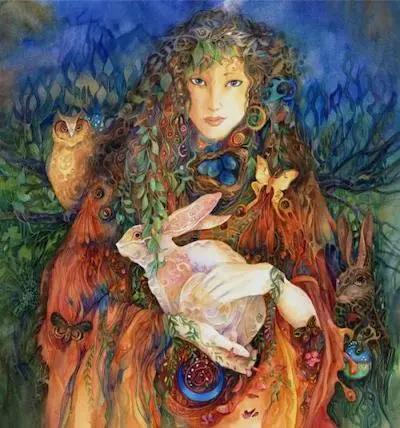Ostara, Eastre, Eostre – The Easter Bunny’s Ancestral Roots
Easter is just around the corner, and while many of us associate this holiday with chocolate bunnies and colorful eggs, there’s actually a lot more to it than that. In fact, Easter has its roots in ancient pagan traditions, particularly the festival of Ostara or Eastre.
Ostara was a pagan goddess of spring and fertility, and her festival was celebrated around the vernal equinox. This was a time of rebirth and new beginnings, as the earth woke up from its winter slumber and new life sprang forth. Sound familiar?
As Christianity spread throughout Europe, it absorbed many pagan traditions and adapted them to fit its own beliefs. So it’s no surprise that Ostara’s festival was eventually merged with the Christian celebration of Jesus’ resurrection, becoming what we now know as Easter. For more discourse on this visit my article, American Gods Reveals the Divine Femininity of Easter: A Powerful Portrayal.

But what about the Easter Bunny? Well, it turns out that rabbits and hares were also associated with Ostara, as symbols of fertility and new life. So when German immigrants brought their own traditions to America in the 1700s, including the Osterhase or Easter Hare, it didn’t take long for the Easter Bunny to become a beloved symbol of the holiday.
So there you have it – the Easter Bunny’s ancestral roots lie in the pagan goddess of spring and fertility and later evolved to the Christian celebration of Jesus’ resurrection. It just goes to show that even the most seemingly straightforward holidays have a rich and fascinating history behind them. Happy Easter, everyone!
Discover more from DG Speaks
Subscribe to get the latest posts sent to your email.





One Comment
Comments are closed.